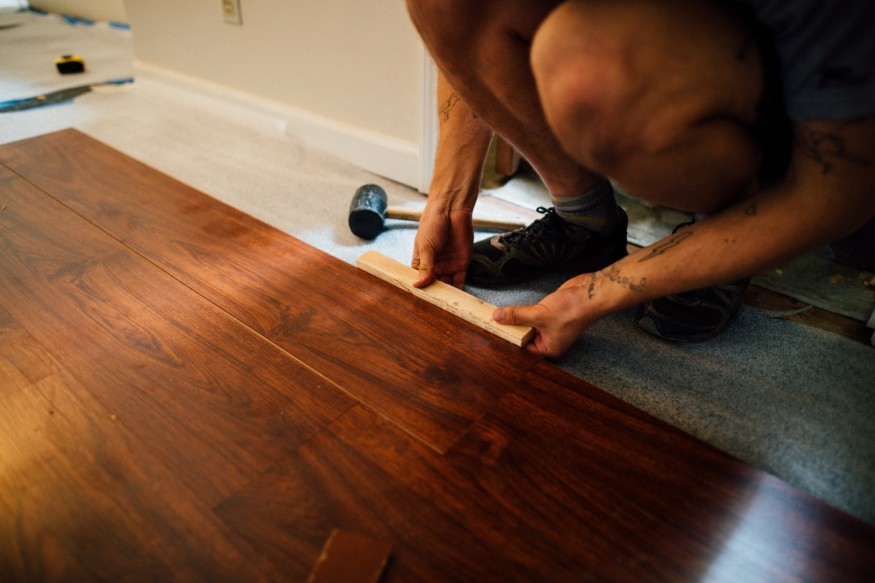
The Future of Flooring: Exploring the Impact of Emerging Technologies
Just like every other industry in the world right now, the flooring industry is in the middle of some exciting times. The new innovative technology that is coming out on the market is making the lives of installers and business owners easier and homeowners and contractors as well. The great thing about it all is that the people of the world have not seen anything yet because the future is still unfolding. As it does, technology will continue to amaze us all.
Since we cannot even guess what the flooring industry will look like in 50 or 100 years, let's look at one of the emerging technological breakthroughs of this century. One that has changed the flooring industry forever and will continue to do so until something bigger and better is discovered. If you are still wondering what type of flooring is being hinted at, it is simple; laminate flooring.
What Is Laminate Flooring
Laminate flooring is not completely new because it has been around since the 1970s, but hybrid flooring has become so revolutionary over the past few years that it is almost at a level all its own. Laminate flooring is a combination of materials compressed into one plank, made up of four different layers.
Bottom - The first layer is the bottom layer that goes next to the subfloor. It is a layer of paper or melamine that helps coat the plank with a waterproof barrier. Some of the cheaper products on the market skip this piece to cut costs, which is handed down to you in savings.
Core - The main center of the plank is made from pressed materials such as limestone or recycled wood, creating a solid piece of high-density material that increases the plank's waterproofing ability and gives it the structure it needs to be solid.
Image - The next layer is the image. This is a picture of the natural grains you have chosen to imitate, such as Oak or Marble, laid directly over the central core. You will need to mix and match this section when laying it out on the floor to make things match.
Topcoat - The final layer is the top layer that covers over the image and protects the plank from basic wear and tear. It is usually a composite of filaments and fibers laid on top to maximize the protection it can offer without obscuring the image in any way.
You may be scratching your head and wondering why this is such a great advancement in technology for the flooring industry. Well, the answer to that is simple. It has numerous qualities that even natural materials cannot offer. As with all products, laminate flooring does have some negative sides, but the good far outweighs the bad.
Pros - Laminate flooring is easy to clean, maintain, install, and inexpensive compared to natural flooring. Plus, it is more accessible than natural items such as Marble and Oak because they are manufactured, not found and processed.
Cons - The main problem with laminate flooring is that it cannot ever be refinished, but since it is so easy to replace (snap in and out), there is really no need to do anything but replace bad sections of the floor. Another bad aspect of this type of flooring is that even though it is waterproof, it can still get water damage if fluids are left on it for any length of time. That means you need to clean up spills immediately, and always use a damp cloth to clean the floor, never a sopping wet mop or steam cleaner.
Emerging technologies will continue to improve the flooring industry to the point of making it unnecessary for you to clean. That is almost already a possibility if you use the little cleaning robots regularly, but there are some companies out there working on creating flooring that is self-cleaning and even self-transforming according to the weather with the help of sensors lined throughout the laminate pieces. Time will tell how far the industry takes these ideas, but for now, floors are moving into the future with nothing but positive outcomes in sight.
© 2025 ScienceTimes.com All rights reserved. Do not reproduce without permission. The window to the world of Science Times.










